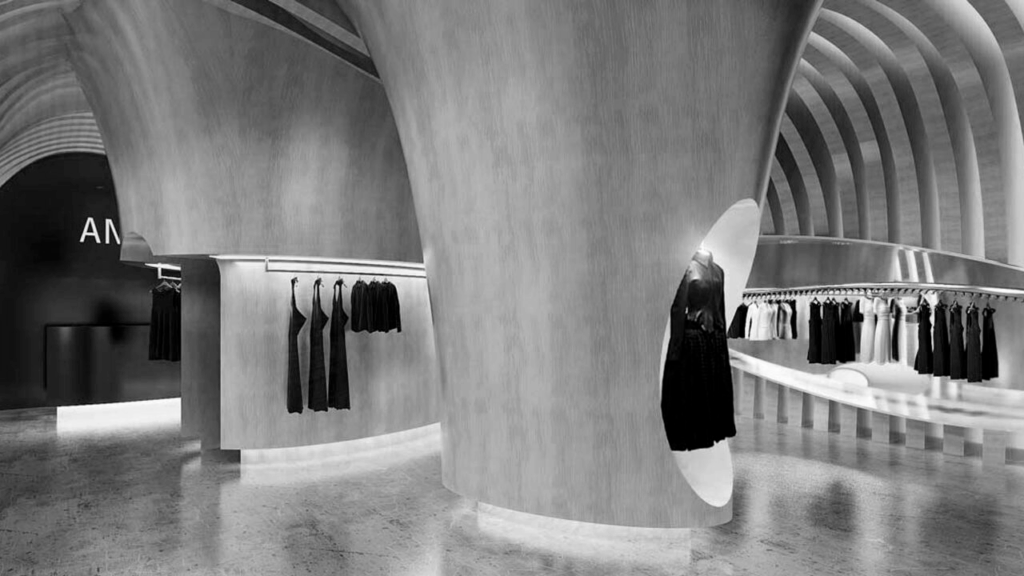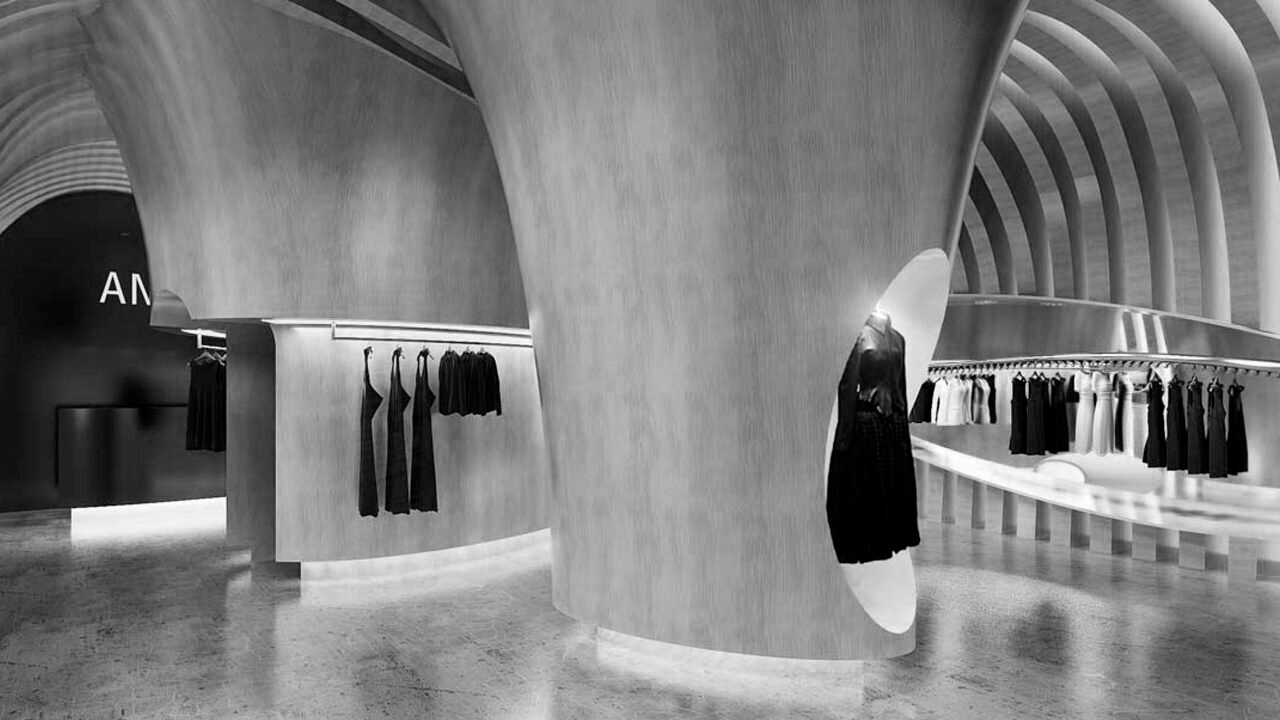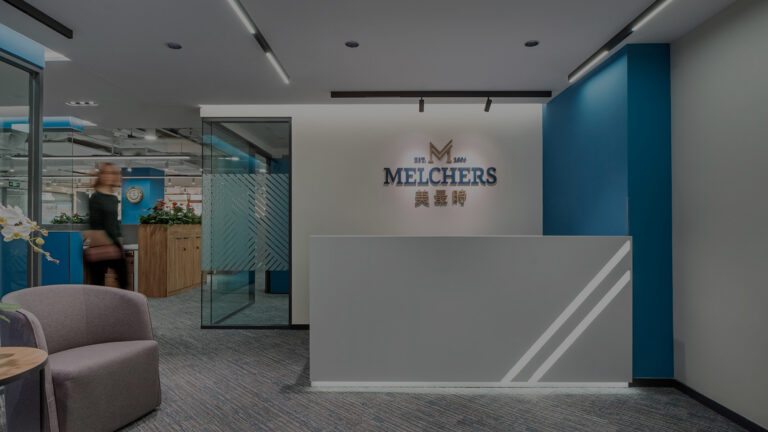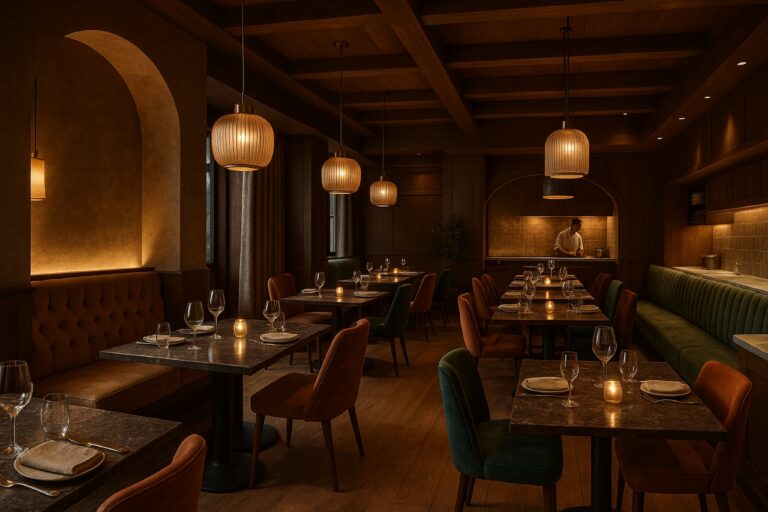International retail brands that come to China have high expectations. Unfortunately, they often also have a couple of misconceptions. The retail market in China is different from Europe, North America, as well as all other countries. Retail design concepts need to be adapted accordingly. The local market presents its own challenges and brands need to adapt. Consumers are more sophisticated then brands often anticipate, and retailers have to outcompete other brands through a strong brand identity that is promoted together with an associated lifestyle. In this article we line out the most important points that you need to know when planning to open retail stores in China.

” Store Design Concepts in China need to make a strong statement “
1. Financial Investment
China is not a cheap country any more. Some of the costs associated to entering and operating in the country’s tier 1 cities like Beijing or Shanghai (store rents, salaries, advertising) are close to those brands would have to pay in Europe and the US. Retailers who want to come to China do have to make a certain financial commitment and invest for the long term.
2. Sophistication of Retail Consumers
The days where companies can sell anything and products are bought just because they are European or American – the period often also named the “Golden Age” for foreign companies in China – are over. Consumers are smart, compare choices, and travel abroad. Chinese do not pay a premium price for products and brands that are not well known and do not succeed in communicating superior value that justifies a higher price.
3. Importance of the Brand
In China, a strong brand is everything. We are often surprised that some of the retail brands we work with cannot answer basic questions about the brand positioning and brand personality. What is your brand message? What is your unique value proposition as compared to competitors? Do whom do you want to sell?
Products without a clearly defined brand that is communicated consistently throughout all marketing channels (retail design, advertisements, editorials, print material, etc.) will not sell. In China, more than anywhere else, consumers purchase products because they like a brand, not because they like the product or its functionalities. If the brand is perceived as “cool”, the products will sell.
4. Promotion of Lifestyle and High Impact Retail Design:
In addition to the importance of the development of a strong brand image, brands often forget that while consumers might be familiar with the products and the associated lifestyle in their home country, Chinese consumers might know nothing about it. This applies especially to all non-traditional retail products, like bijoux (trendy jewelry that has no investment value and is made of less expensive materials other than precious metals or precious stones), and lifestyle related products (binoculars, pens, travel accessories), for example. Since locals have not grown up with these “hobbies” (the majority of people was suffering hunger 30 years ago and the government-controlled market only opened up to international retail products in 2005), extensive education and promotion of the respective lifestyle are required before consumers understand how the mentioned products can be used and why they should be bought.
Retail design in China therefore has to be essentially different from more traditional retail concepts that are successful in the West: Store design concepts have to focus on the customer experience and showcase the attractiveness of the brand and the related lifestyle. Stores should never look traditional and conservative; instead they have to be bright, modern, dynamic and “cool”. Chinese consumers like to enter spaces that are different and have a high visual appeal; they aspire the lifestyle that a certain store communicates. If the store design is right, the product will be purchased.
5. Technology, Continuous Redefinition and Change
A last, very important point to acknowledge and integrate into a brand’s strategy for China is the constant, advanced use of new technologies of Chinese as well as the fast pace with which the market changes. LED screens, monitors, and technologic support has become the standard in stores in China. Brands have to continue to develop, grasp the trends and changes in the market and adapt their retail concept. While the core of the brand should remain the same, facets of the identity that are also expressed in the latest retail design concepts have to evolve. Brands are like people – they have a complex personality and are required to become more mature with experience.




